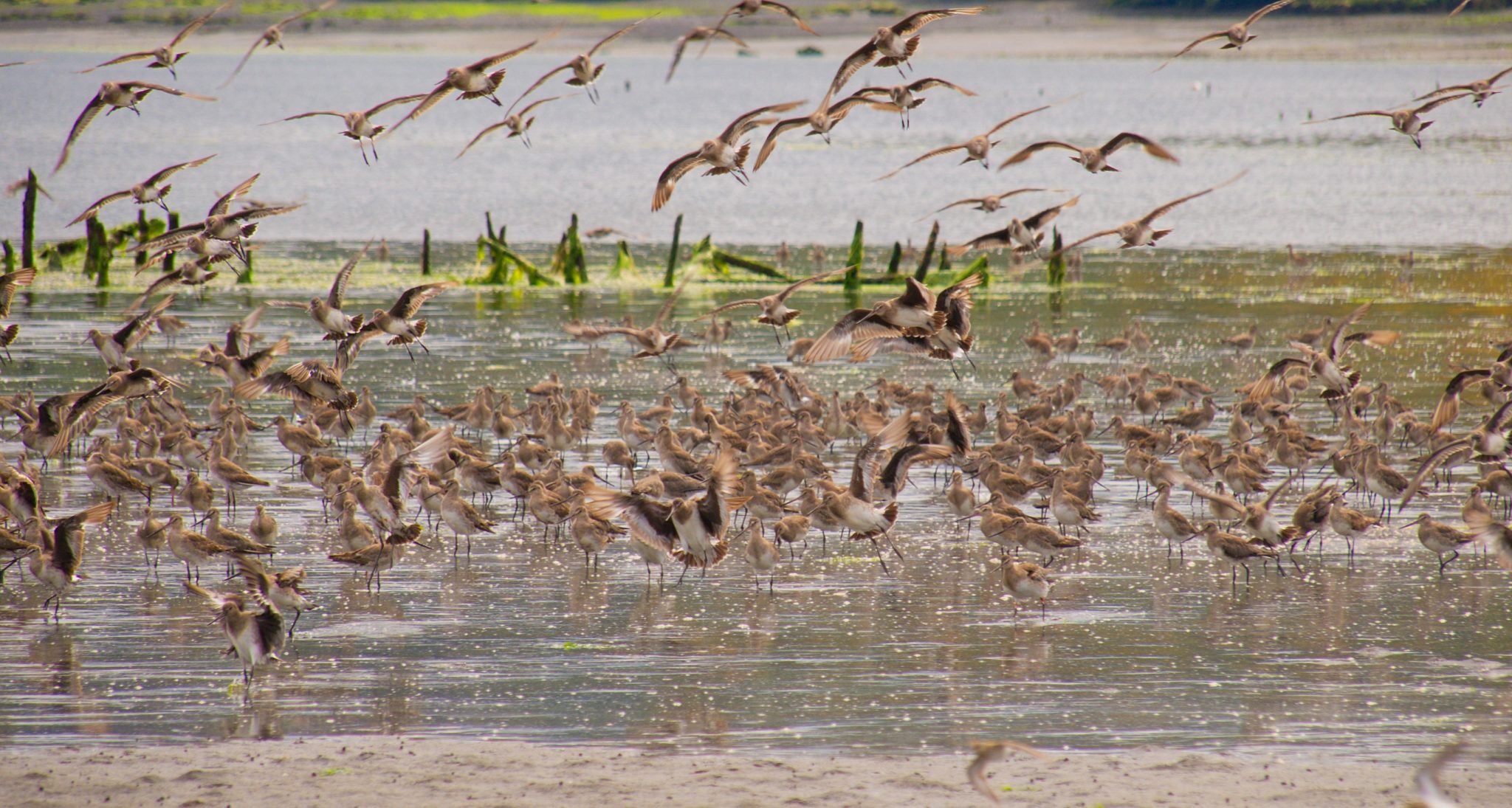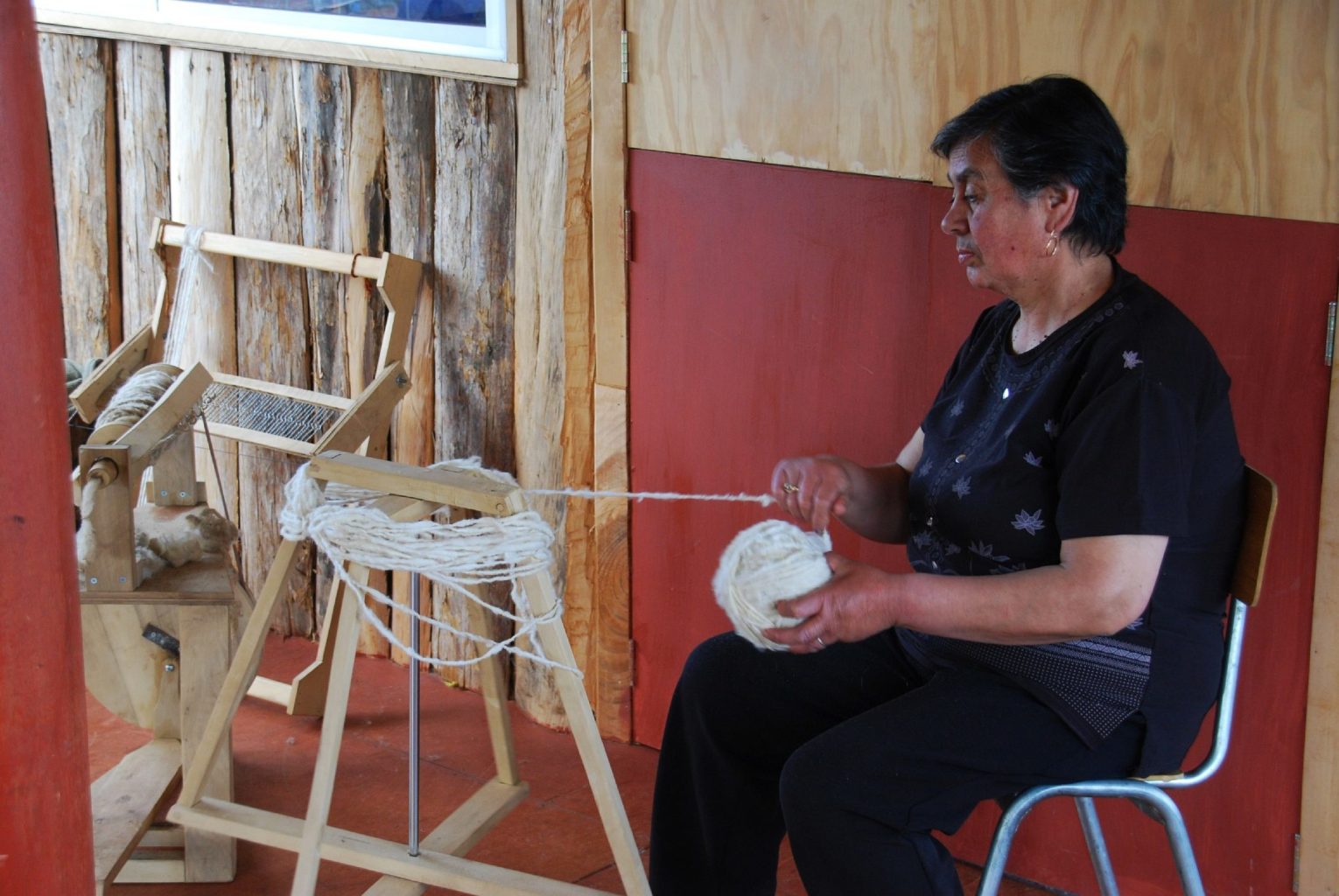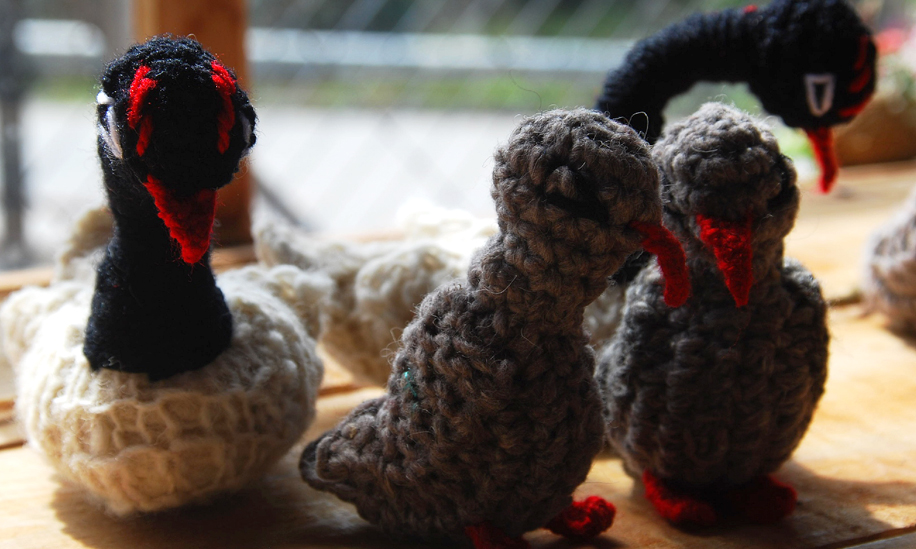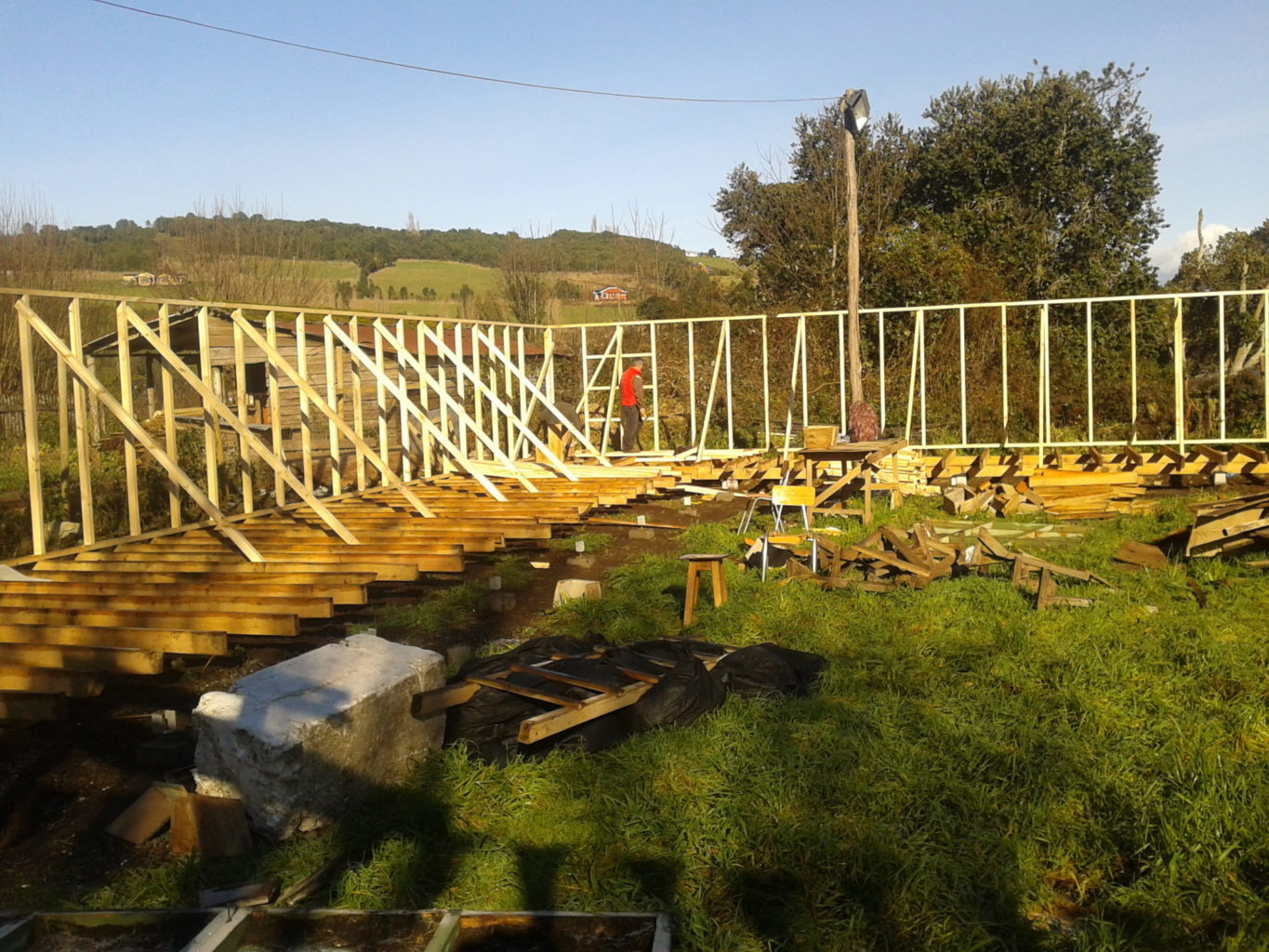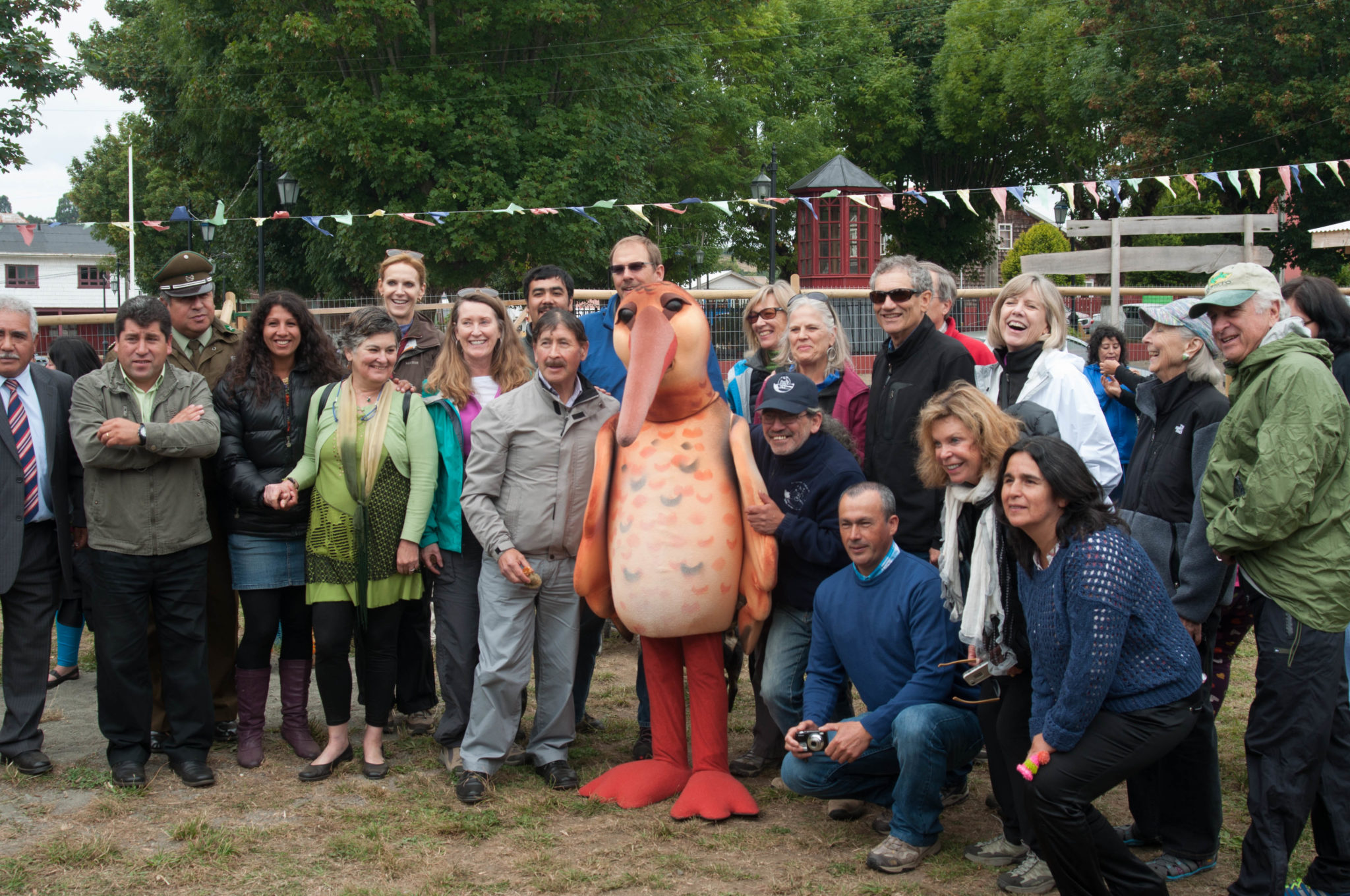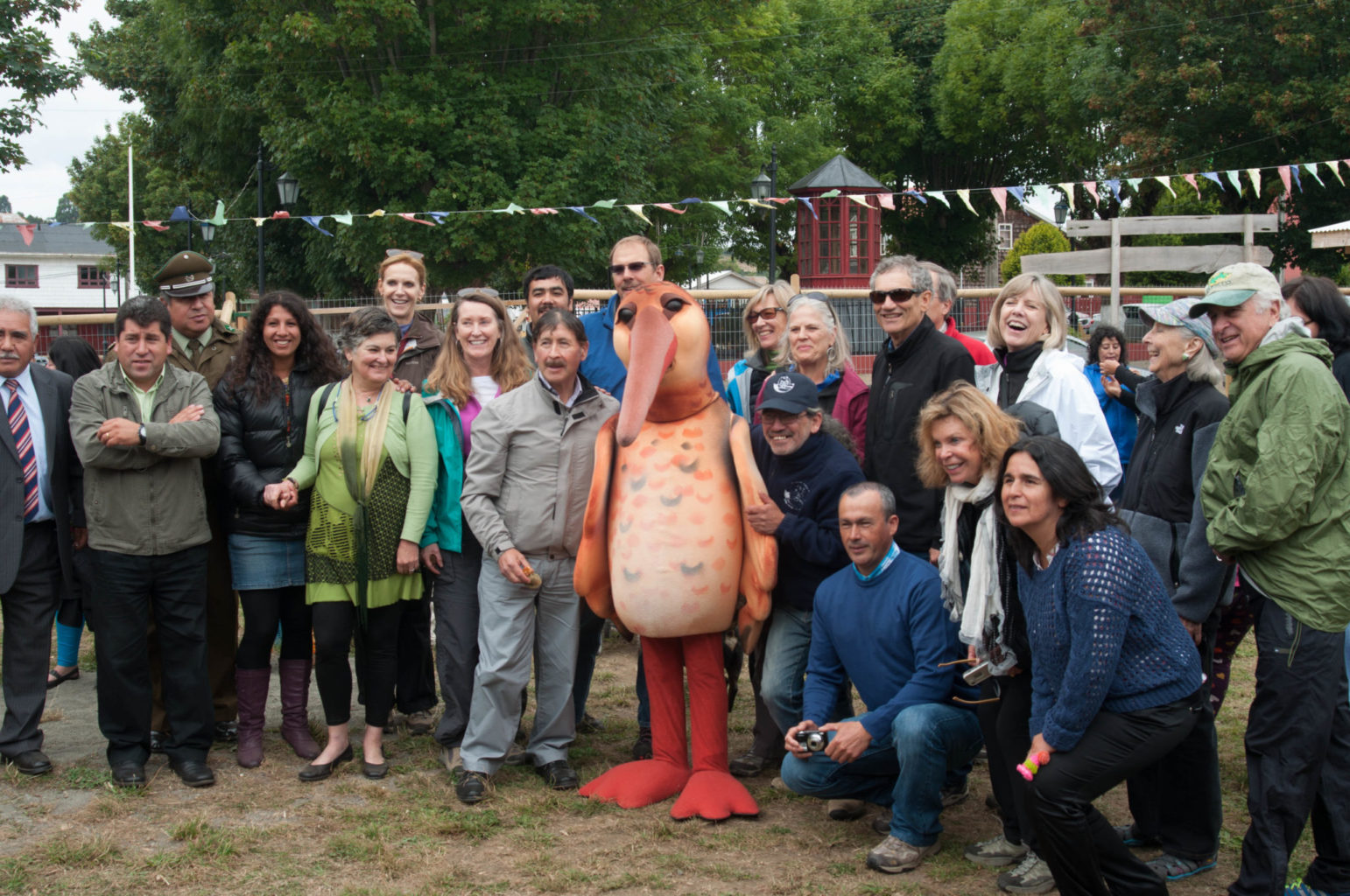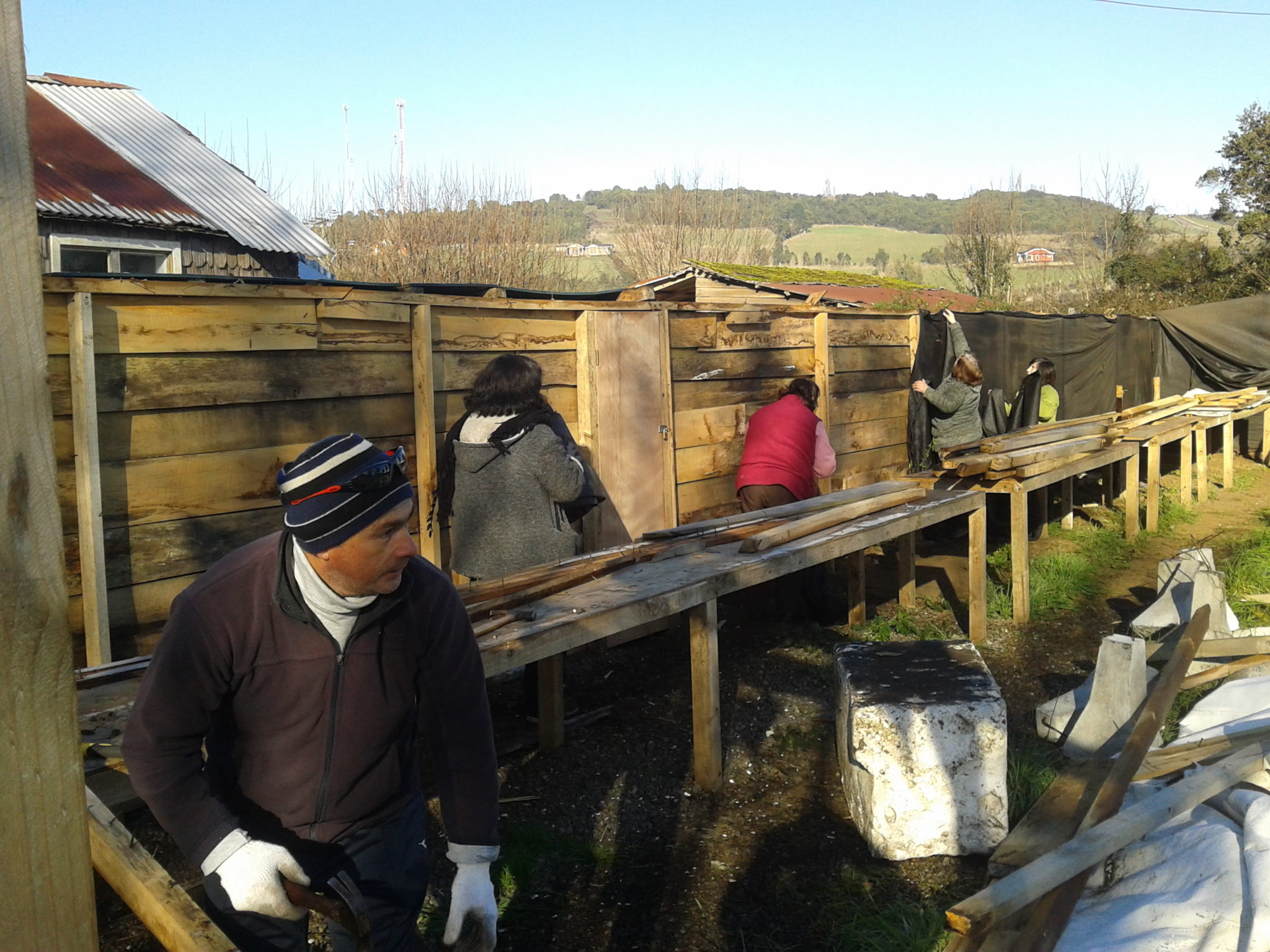Located off the southeast shore of the Greater Island of Chiloé in the Chiloé Archipelago, Quinchao Island is a critical site that supports the largest non-breeding populations of Hudsonian godwits (Limosa haemastica) and whimbrels (Numenius phaeopus) along the Pacific Coast of South America. Each spring and summer, thousands of these shorebirds migrate to Quinchao from Alaska to use its sandy beaches and coastal wetlands for feeding and roosting.
The island’s high conservation value, beautiful landscape, and increasing number of tourists visiting each year to learn about its unique culture, have motivated the Tourism Association of Curaco de Vélez to develop ecotourism activities based on bird-watching, and to produce handicrafts based on birds and coastal wetlands. However, the Association has no appropriate infrastructure to sell their crafts, receive visitors, and promote the conservation of the migratory birds. Seacology is funding construction of a visitor center for ecotourism, selling handicrafts and conservation activities in exchange for the establishment of a 100-acre local reserve, for a minimum of 10 years, for the protection of this critical site for migratory shorebirds.


